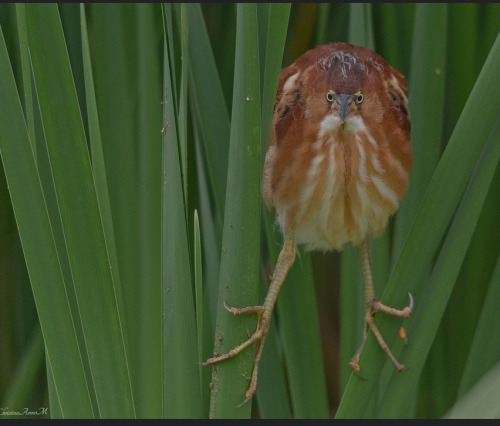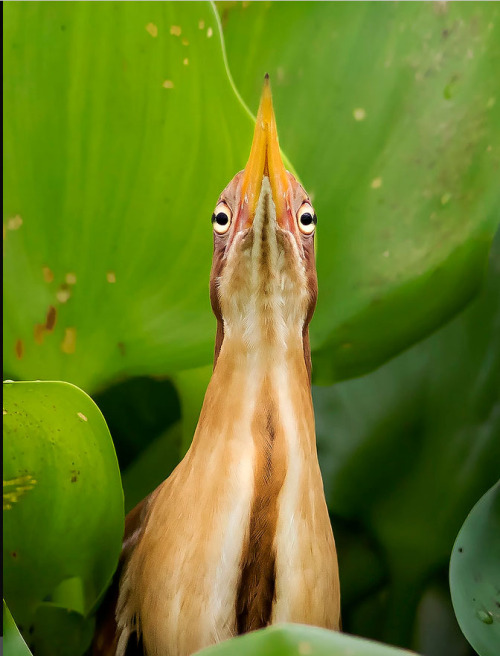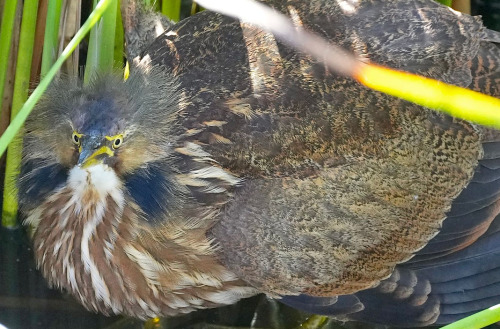Saw This Stunning Picture Of Jupiter The Webb Telescope Took And I Couldn’t Just Not Draw Her✨


saw this stunning picture of jupiter the webb telescope took and i couldn’t just not draw her✨
✦ (prints of the drawing linked here)✦
More Posts from Eggxecutive-dysfunction and Others
Awww shit yall know what it is









Şimdilerde kağıttan gemiler yapmak yerine , kağıttan denizler yapıyorum. Satır satır dalgaları olan. Dalga dalga senin kıyına vuran . Yolcu ettiğim bir mısra ancak senin kıyına vurabilir zaten .
Hikmet Anıl Öztekin...

Recycling Cassiopeia A : Massive stars in our Milky Way Galaxy live spectacular lives. Collapsing from vast cosmic clouds, their nuclear furnaces ignite and create heavy elements in their cores. After a few million years, the enriched material is blasted back into interstellar space where star formation can begin anew. The expanding debris cloud known as Cassiopeia A is an example of this final phase of the stellar life cycle. Light from the explosion which created this supernova remnant would have been first seen in planet Earth’s sky about 350 years ago, although it took that light about 11,000 years to reach us. This false-color image, composed of X-ray and optical image data from the Chandra X-ray Observatory and Hubble Space Telescope, shows the still hot filaments and knots in the remnant. It spans about 30 light-years at the estimated distance of Cassiopeia A. High-energy X-ray emission from specific elements has been color coded, silicon in red, sulfur in yellow, calcium in green and iron in purple, to help astronomers explore the recycling of our galaxy’s star stuff. Still expanding, the outer blast wave is seen in blue hues. The bright speck near the center is a neutron star, the incredibly dense, collapsed remains of the massive stellar core. via NASA

Star Cluster R136 Breaks Out : In the center of nearby star-forming region lies a huge cluster containing some of the largest, hottest, and most massive stars known. These stars, known collectively as star cluster R136, part of the Tarantula Nebula, were captured in the featured image in visible light in 2009 through the Hubble Space Telescope. Gas and dust clouds in the Tarantula Nebula, have been sculpted into elongated shapes by powerful winds and ultraviolet radiation from these hot cluster stars. The Tarantula Nebula lies within a neighboring galaxy known as the Large Magellanic Cloud and is located a mere 170,000 light-years away. via NASA

25 years ago an unknown Chinese protester stood in front of a tank in defiance of the government. No one knows the identity of the man but he was given the nick name “Tank Man”. This is one of the most iconic photographs of the century.








IT’S A BITTERN APPRECIATION POST
Sources & Species in order below!
Fun with Bittern by Richard Pittam - Eurasian Bittern (Botaurus stellaris)
Face to face with a juvenile Least Bittern by ChristinaAnne.M - Least Bittern (Ixobrychus exilis)
American Bittern by Flora to Fauna - American Bittern (Botaurus lentiginosus)
Cinnamon bittern by Shafaet Alam Abir - Cinnamon Bittern (Ixobrychus cinnamomeus)
Heads or Tails? by Peter Brannon - Least Bittern (Ixobrychus exilis)
American Bittern juvenile by Michael W Potter - American Bittern (Botaurus lentiginosus)
American bittern a bit threatened by white egret by Pamela Viale - American Bittern (Botaurus lentiginosus)
here is seal cancan, my thesis film, completed at last!
(please do click on the source to watch it on youtube if you want to see it in full quality)










How deep does the hole go?
Art by Penzilla

The Colorful Clouds of Rho Ophiuchi : The many spectacular colors of the Rho Ophiuchi (oh’-fee-yu-kee) clouds highlight the many processes that occur there. The blue regions shine primarily by reflected light. Blue light from the Rho Ophiuchi star system and nearby stars reflects more efficiently off this portion of the nebula than red light. The Earth’s daytime sky appears blue for the same reason. The red and yellow regions shine primarily because of emission from the nebula’s atomic and molecular gas. Light from nearby blue stars - more energetic than the bright star Antares - knocks electrons away from the gas, which then shines when the electrons recombine with the gas. The dark brown regions are caused by dust grains - born in young stellar atmospheres - which effectively block light emitted behind them. The Rho Ophiuchi star clouds, well in front of the globular cluster M4 visible here on the upper right, are even more colorful than humans can see - the clouds emits light in every wavelength band from the radio to the gamma-ray. via NASA
-
 crimson-miz liked this · 2 weeks ago
crimson-miz liked this · 2 weeks ago -
 dumbstarryclouds liked this · 4 weeks ago
dumbstarryclouds liked this · 4 weeks ago -
 flyingincircles liked this · 1 month ago
flyingincircles liked this · 1 month ago -
 theotherwesley liked this · 1 month ago
theotherwesley liked this · 1 month ago -
 growintogardens liked this · 2 months ago
growintogardens liked this · 2 months ago -
 nerd-curator reblogged this · 2 months ago
nerd-curator reblogged this · 2 months ago -
 heartsandhips reblogged this · 2 months ago
heartsandhips reblogged this · 2 months ago -
 jodisue-jar liked this · 3 months ago
jodisue-jar liked this · 3 months ago -
 ga151061 liked this · 3 months ago
ga151061 liked this · 3 months ago -
 girinma liked this · 3 months ago
girinma liked this · 3 months ago -
 mothinmay reblogged this · 4 months ago
mothinmay reblogged this · 4 months ago -
 orpheuslullaby reblogged this · 4 months ago
orpheuslullaby reblogged this · 4 months ago -
 mothwithmemes liked this · 4 months ago
mothwithmemes liked this · 4 months ago -
 tolls4thee reblogged this · 4 months ago
tolls4thee reblogged this · 4 months ago -
 veryslowthinker reblogged this · 4 months ago
veryslowthinker reblogged this · 4 months ago -
 veryslowthinker liked this · 4 months ago
veryslowthinker liked this · 4 months ago -
 abyssal-debonair liked this · 4 months ago
abyssal-debonair liked this · 4 months ago -
 somethinginspiringhere reblogged this · 4 months ago
somethinginspiringhere reblogged this · 4 months ago -
 minions-of-lulu reblogged this · 4 months ago
minions-of-lulu reblogged this · 4 months ago -
 lamiafaae reblogged this · 5 months ago
lamiafaae reblogged this · 5 months ago -
 robbiesnest liked this · 5 months ago
robbiesnest liked this · 5 months ago -
 the-sad-tomato liked this · 5 months ago
the-sad-tomato liked this · 5 months ago -
 the-sad-tomato reblogged this · 5 months ago
the-sad-tomato reblogged this · 5 months ago -
 unorthodox-mistress reblogged this · 5 months ago
unorthodox-mistress reblogged this · 5 months ago -
 sleepystellarsister reblogged this · 5 months ago
sleepystellarsister reblogged this · 5 months ago -
 habitina liked this · 5 months ago
habitina liked this · 5 months ago -
 malewifeandgirlboss reblogged this · 5 months ago
malewifeandgirlboss reblogged this · 5 months ago -
 clawdee reblogged this · 6 months ago
clawdee reblogged this · 6 months ago -
 mostlydeadmoth liked this · 6 months ago
mostlydeadmoth liked this · 6 months ago -
 nuclearfarmcore reblogged this · 6 months ago
nuclearfarmcore reblogged this · 6 months ago -
 imanjane reblogged this · 6 months ago
imanjane reblogged this · 6 months ago -
 chryso-poeia liked this · 6 months ago
chryso-poeia liked this · 6 months ago -
 estrangeloedessa liked this · 6 months ago
estrangeloedessa liked this · 6 months ago -
 reina-demicorazon reblogged this · 6 months ago
reina-demicorazon reblogged this · 6 months ago -
 aurorafaun reblogged this · 6 months ago
aurorafaun reblogged this · 6 months ago -
 virovac liked this · 7 months ago
virovac liked this · 7 months ago -
 lauycaos liked this · 7 months ago
lauycaos liked this · 7 months ago -
 heccinahandbasin liked this · 7 months ago
heccinahandbasin liked this · 7 months ago -
 satohqbanana liked this · 7 months ago
satohqbanana liked this · 7 months ago -
 firesidefandoms reblogged this · 8 months ago
firesidefandoms reblogged this · 8 months ago -
 7evnty liked this · 9 months ago
7evnty liked this · 9 months ago -
 bad-person-1810 liked this · 9 months ago
bad-person-1810 liked this · 9 months ago -
 cosmiccoldbrew reblogged this · 9 months ago
cosmiccoldbrew reblogged this · 9 months ago -
 cosmiccoldbrew liked this · 9 months ago
cosmiccoldbrew liked this · 9 months ago -
 justsitbackandholdontight liked this · 9 months ago
justsitbackandholdontight liked this · 9 months ago -
 xxjunobugxx liked this · 9 months ago
xxjunobugxx liked this · 9 months ago -
 bookworm85blr reblogged this · 9 months ago
bookworm85blr reblogged this · 9 months ago -
 kazumi4062 liked this · 9 months ago
kazumi4062 liked this · 9 months ago -
 acetrainerahltari reblogged this · 9 months ago
acetrainerahltari reblogged this · 9 months ago

